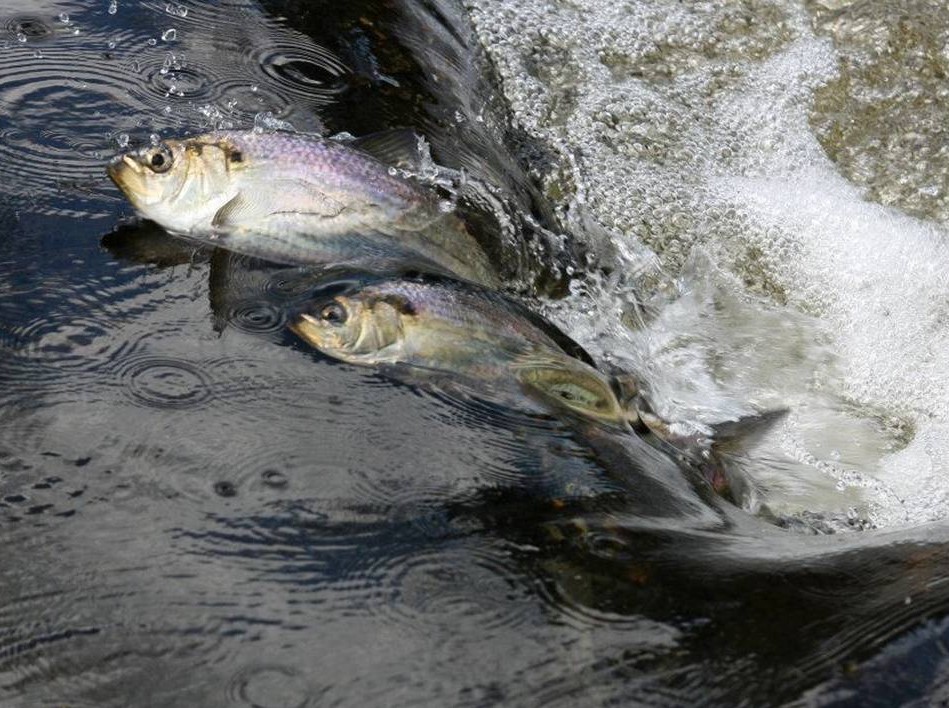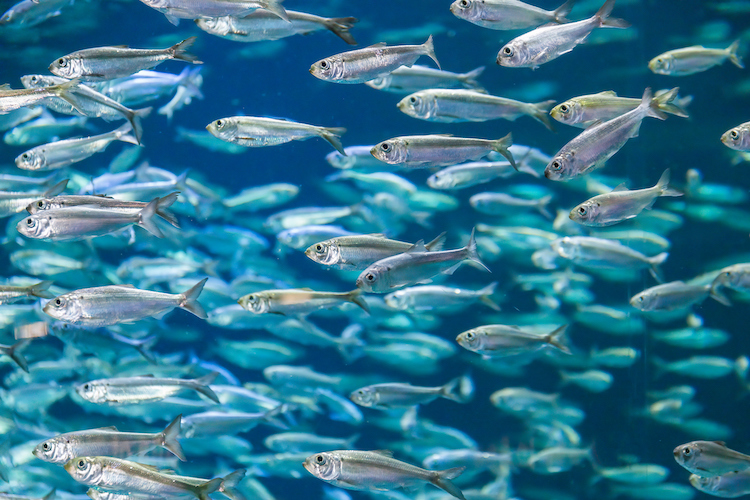Every spring in Cape Cod, this area becomes one of nature’s most fascinating migration sites, known as the herring run. During this time of the year, River herring, specifically alewives and blueback herring from the Atlantic Ocean, return to Cape Cod's freshwater ponds to spawn, a migration that has shaped the Cape’s ecological and cultural history for centuries. River herring were once heavily overfished, leading to a sharp decline in their numbers. Thanks to modern conservation measures, including stream restoration and protective regulations, Cape Cod’s herring populations are showing signs of recovery. Witnessing a herring run is not only a unique natural experience—it’s also a reminder of the importance of preserving coastal ecosystems. Robert Paul Vacations would like you to explore this remarkable event and discover some of the best locations to witness it.

What is a Herring Run?
Herring runs occur when thousands of river herring swim upstream to their native freshwater ponds to spawn. Depending on water temperature, this migration typically happens from late March through mid-May. Thanks to conservation efforts, the herring populations have rebounded, making these events a celebrated sign of spring across Cape Cod. These herring runs are vital to the Cape’s food chain, supporting larger fish species like striped bass and bluefish.
Best Places to See a Herring Run on Cape Cod:
Cape Cod is home to many herring runs that offer excellent viewing opportunities:
- Herring River, Wellfleet: Walk the trails and watch the herring move inland toward freshwater.
- Herring Pond, Eastham: Accessible and family-friendly, ideal for a quick visit.
- Pilgrim Lake, Orleans: A quieter spot for observing the migration.
- Lover’s Lake, Chatham: Beautiful trails surround this active run.
- Stony Brook Grist Mill, Brewster: One of the Cape’s most popular herring run destinations with historic charm.
- Herring River, Harwich: A significant run site connected to conservation projects.
- Scargo Lake, Dennis: Smaller but scenic, especially in early mornings.
- Long Pond, Yarmouth: Easy access and lots of wildlife to observe alongside the herring.
- Mill Creek, Sandwich: Another excellent site tied closely to Cape’s maritime history.
- Coonamessett River and Cedar Lake, Falmouth: Recently restored with improved fish ladders for easy viewing.
- Santuit Pond Fish Ladder, Mashpee: Great for seeing herring close-up as they navigate a rebuilt ladder system.
Special Tips for Planning Your Visit:
- Best Time to Go: Mid-April to early May, when water temperatures reach around 50°F.
- Early Mornings: Cooler mornings often mean more active fish.
- Accessibility: Many viewing areas offer public parking and trails but check local town websites for details.

Beyond the Herring Runs: Fishing, Nature Trails, and More
Cape Cod’s herring runs mark the beginning of the broader spring fishing season. Larger species like striped bass follow the herring into the bays and estuaries, making spring an excellent for fishing across Cape Cod as well as the surrounding regions. So if you're visiting for the herring runs, be sure to check out all the outdoor activities nearby including scenic hikes, kayak rentals, fishing charters, and historical sites across towns like Wellfleet, Harwich, Brewster, and Sandwich.
Coastal locations such as the Cape Cod Canal, Buzzards Bay, and Cape Cod Bay offer excellent spring opportunities for anglers.
Plan Your Spring Getaway with Robert Paul Vacations
We encourage you to come and experience the herring runs in Cape Cod during your spring getaway. Robert Paul Properties offers a wide selection of vacation rentals near some of the Cape’s most scenic herring run locations, whether you're visiting for the weekend or planning a longer stay.. From waterfront homes to cozy cottages, find the perfect base for your Cape Cod adventures this spring.
Contact Robert Paul Vacations today to book your spring vacation rental and witness the incredible herring runs of Cape Cod firsthand.
